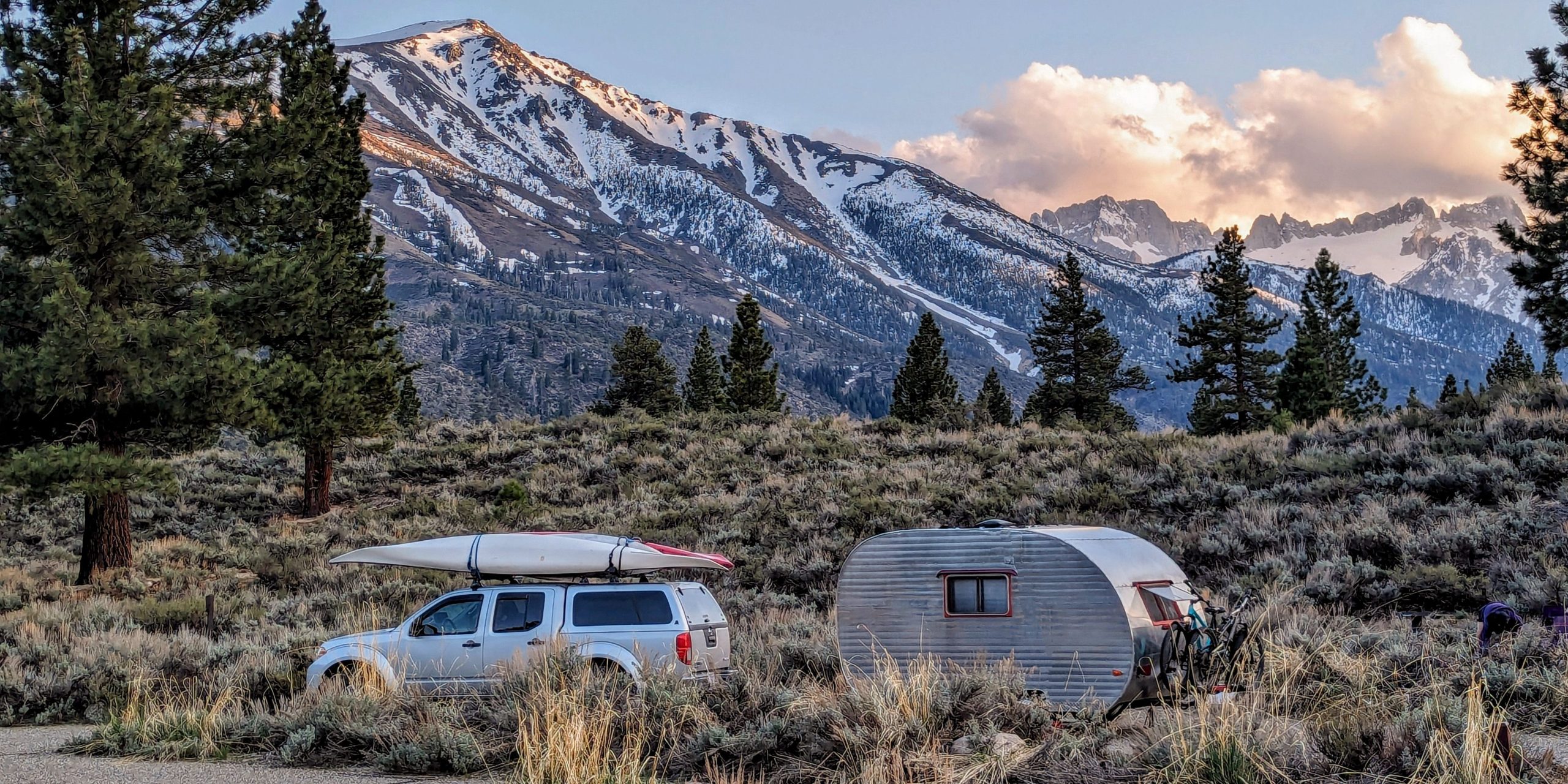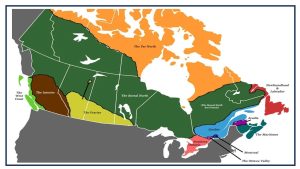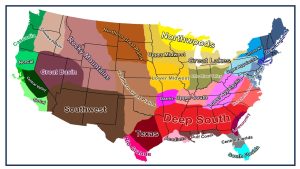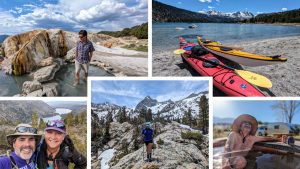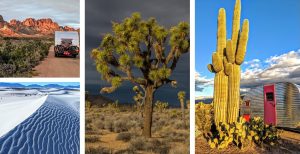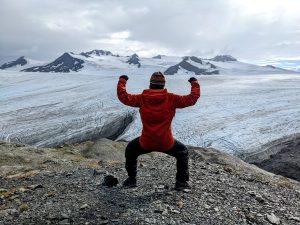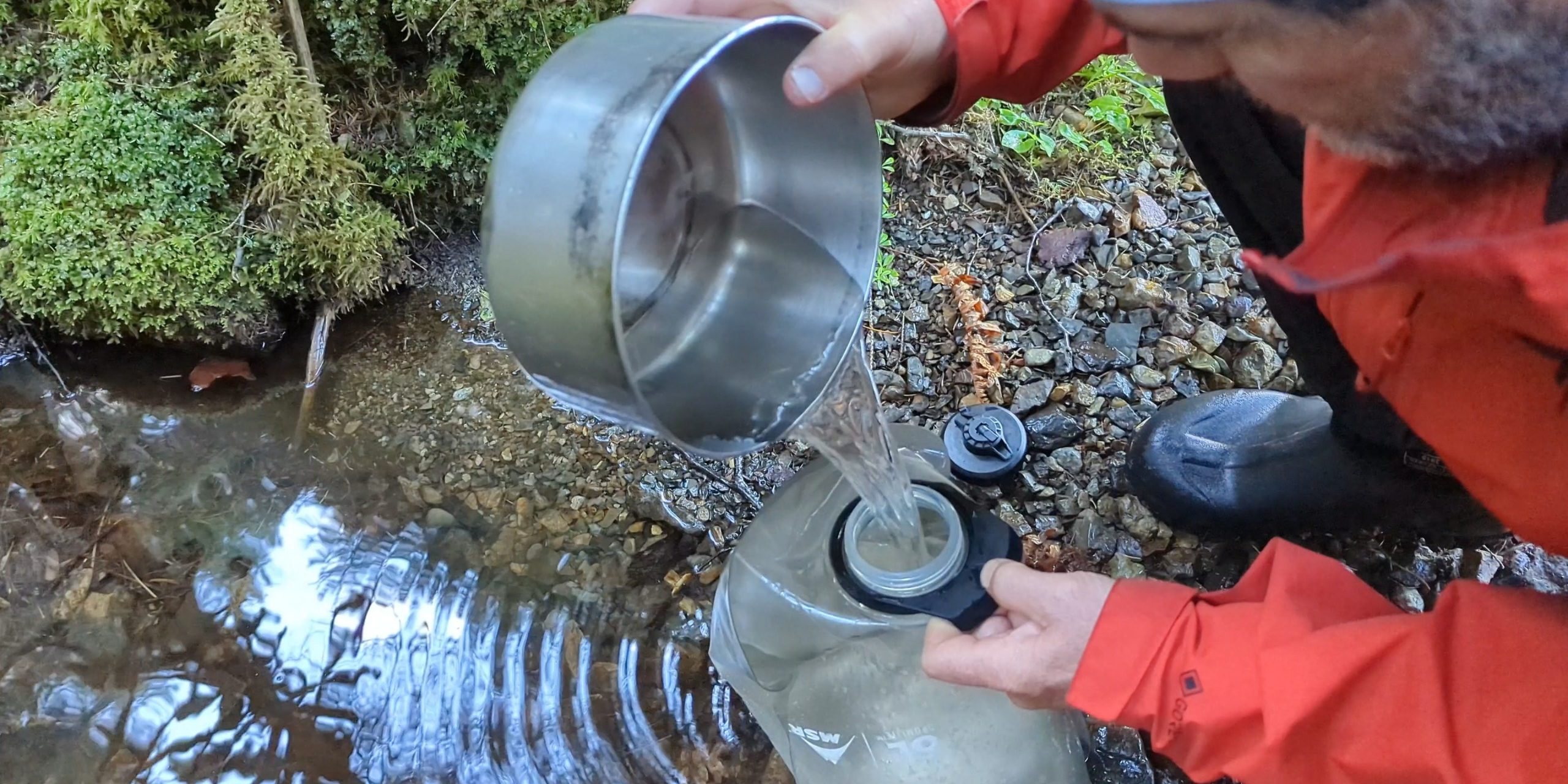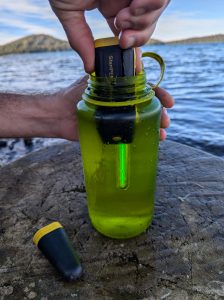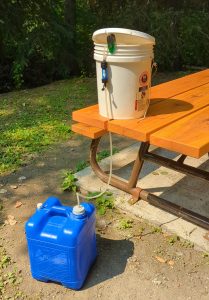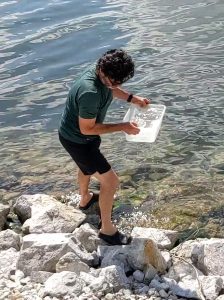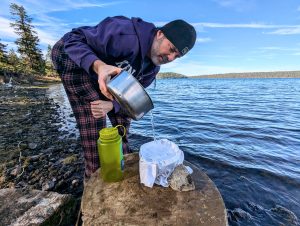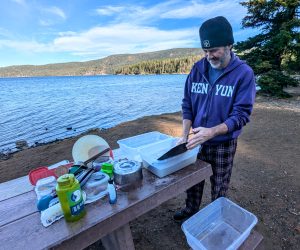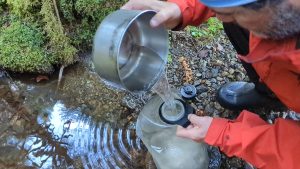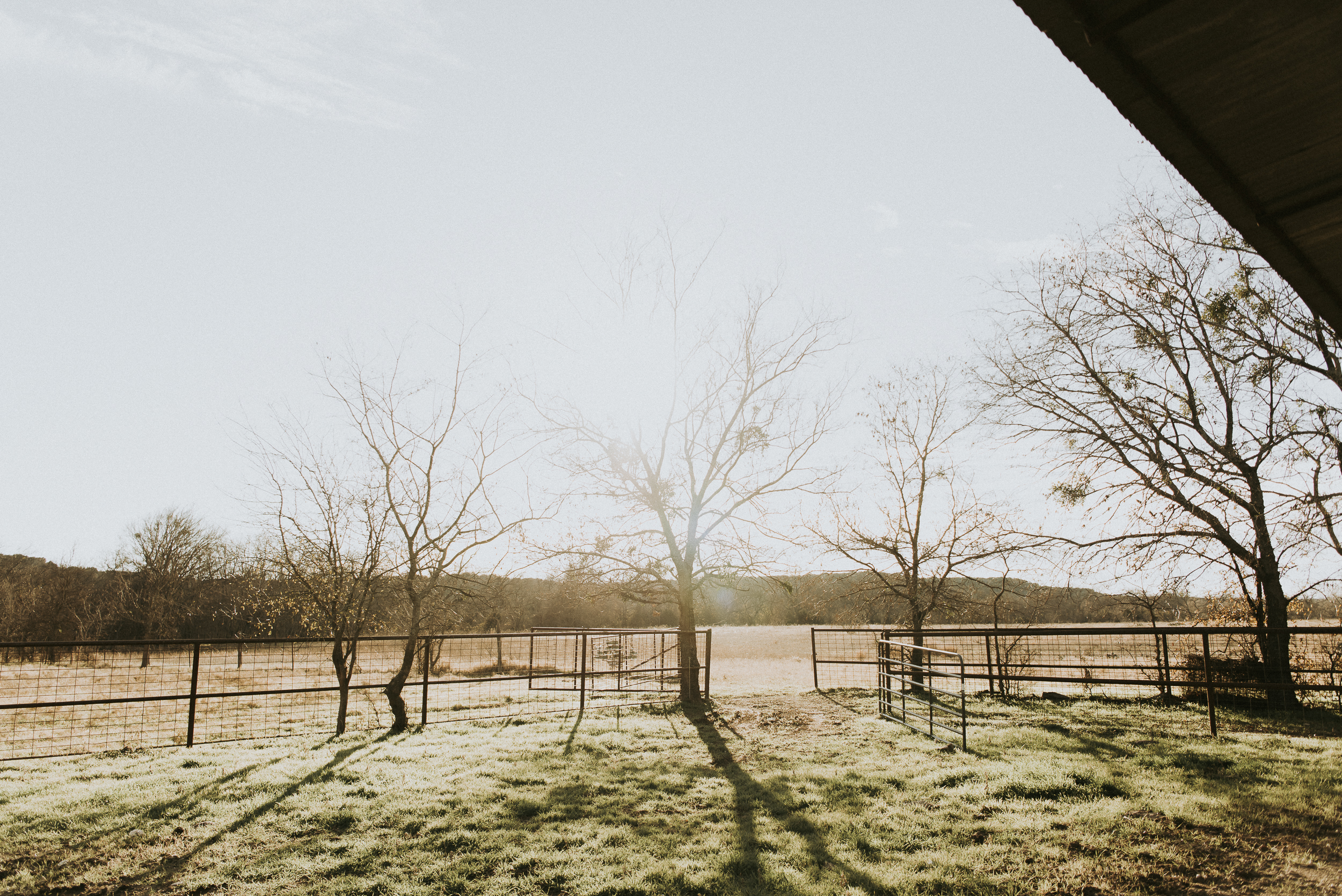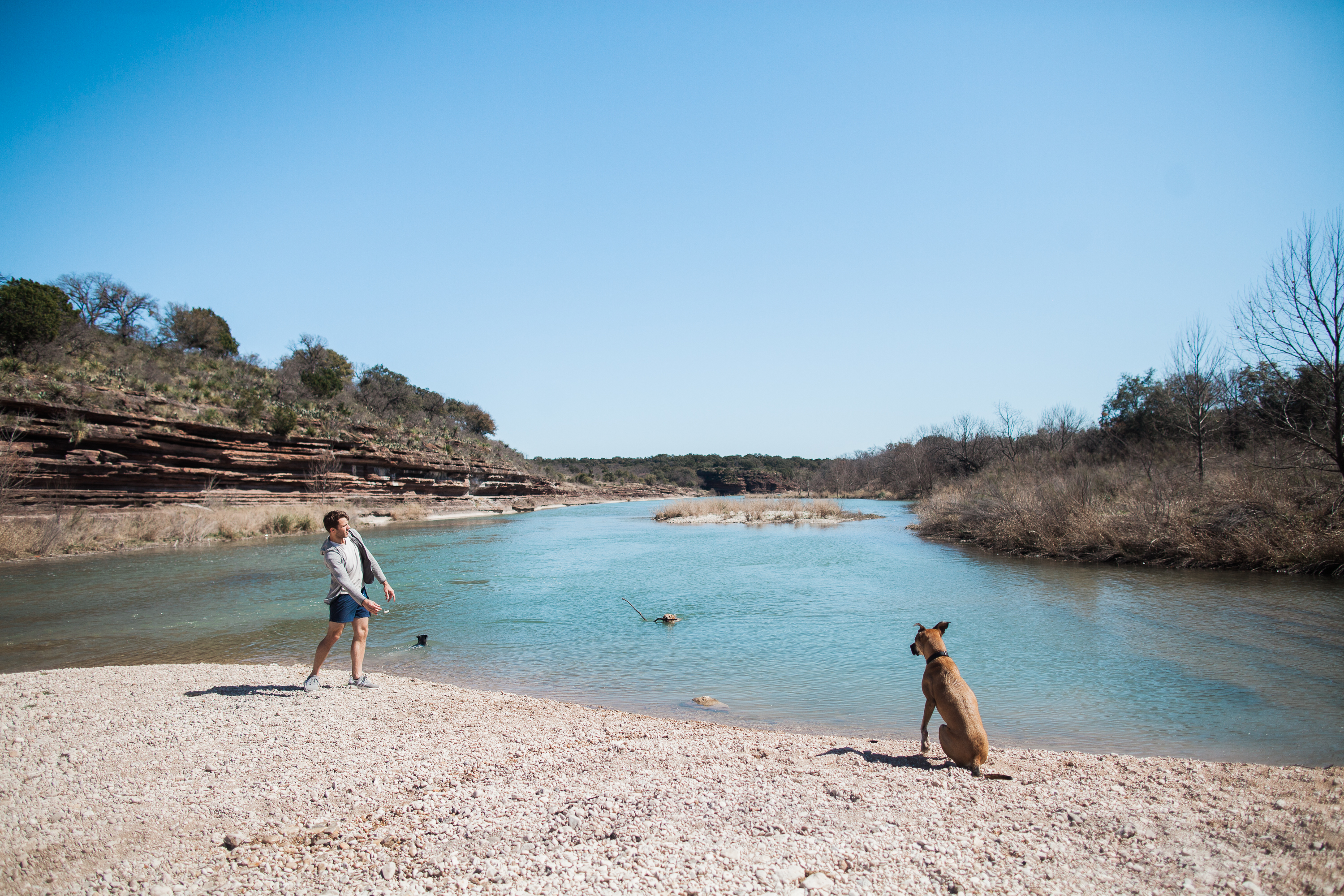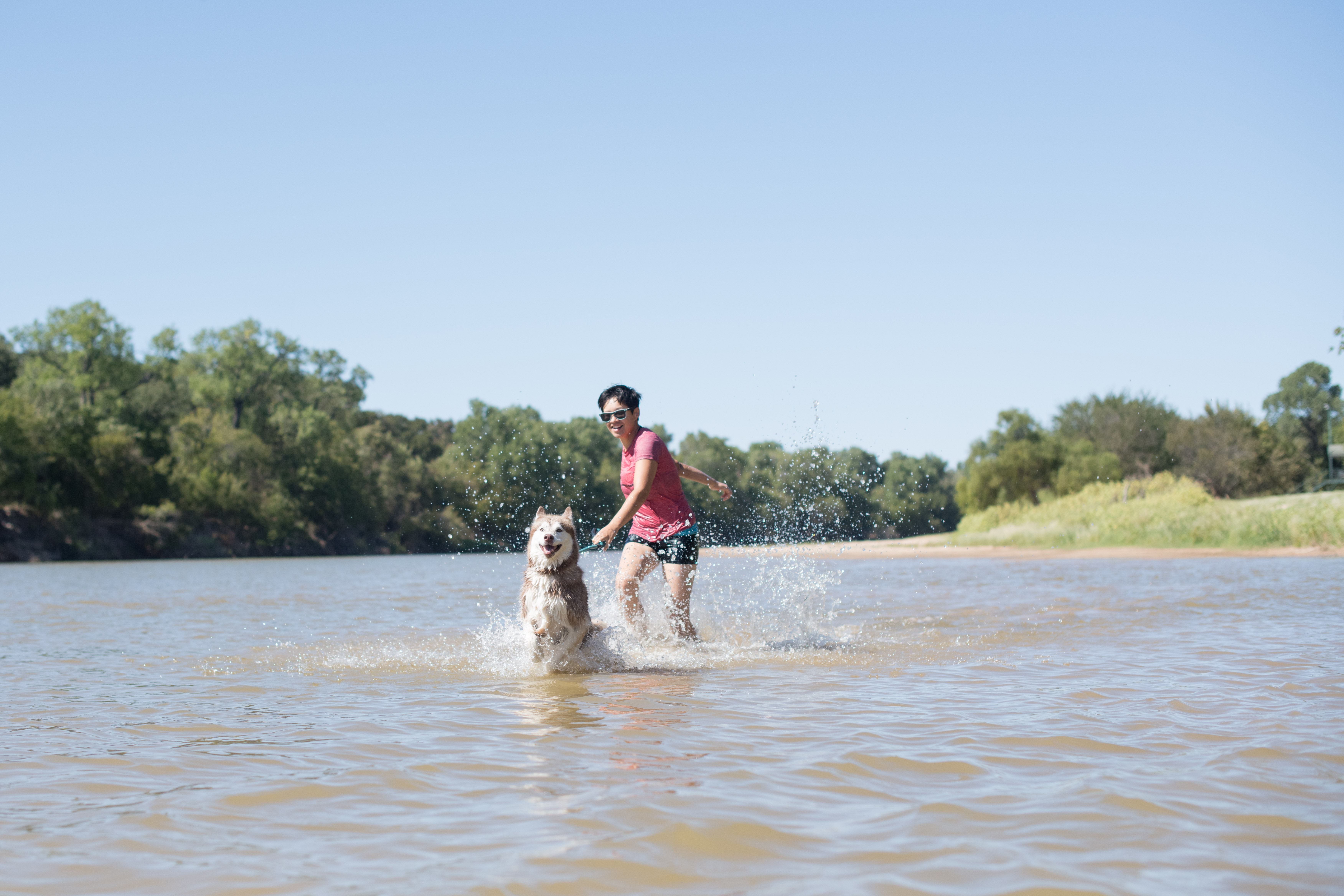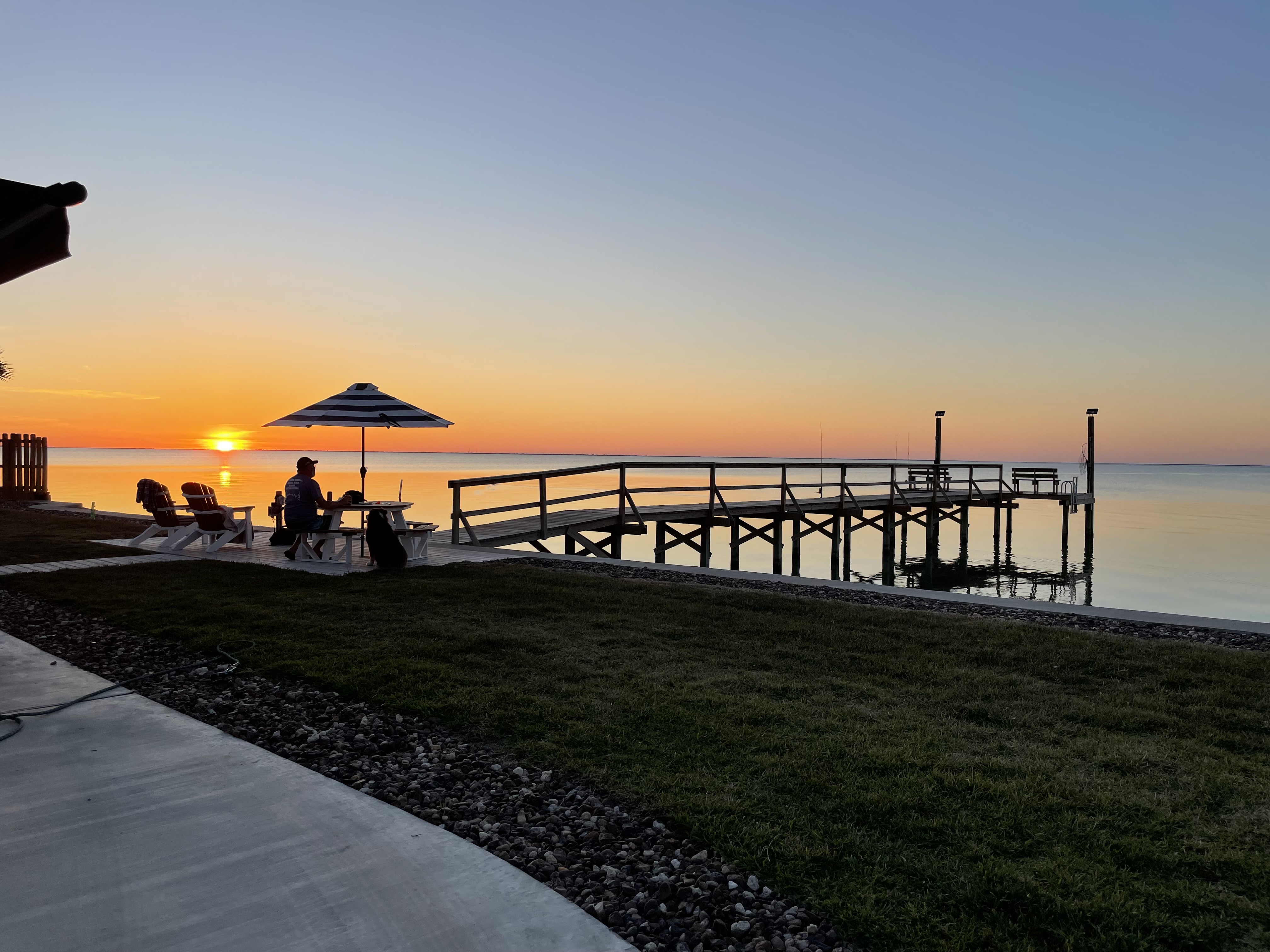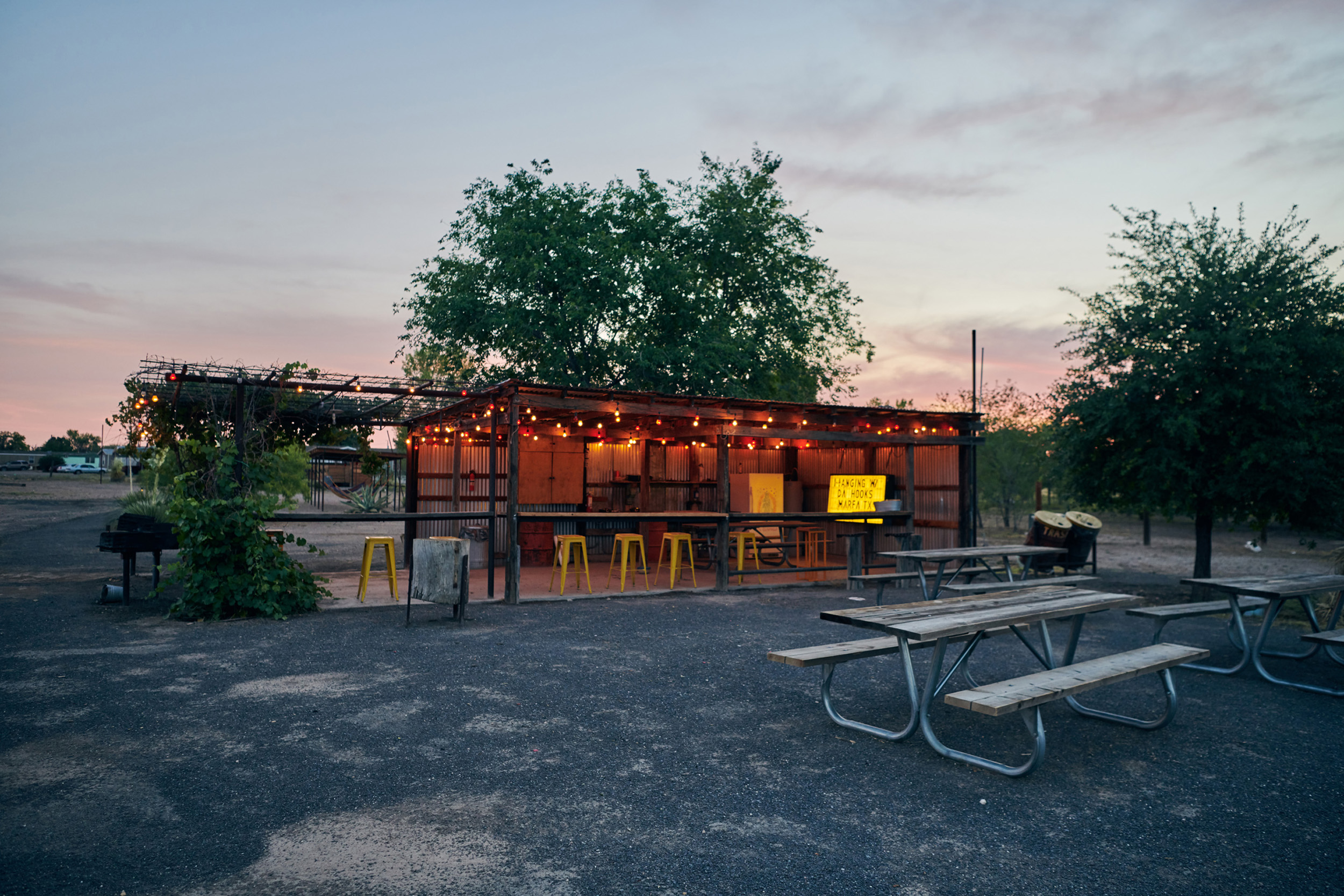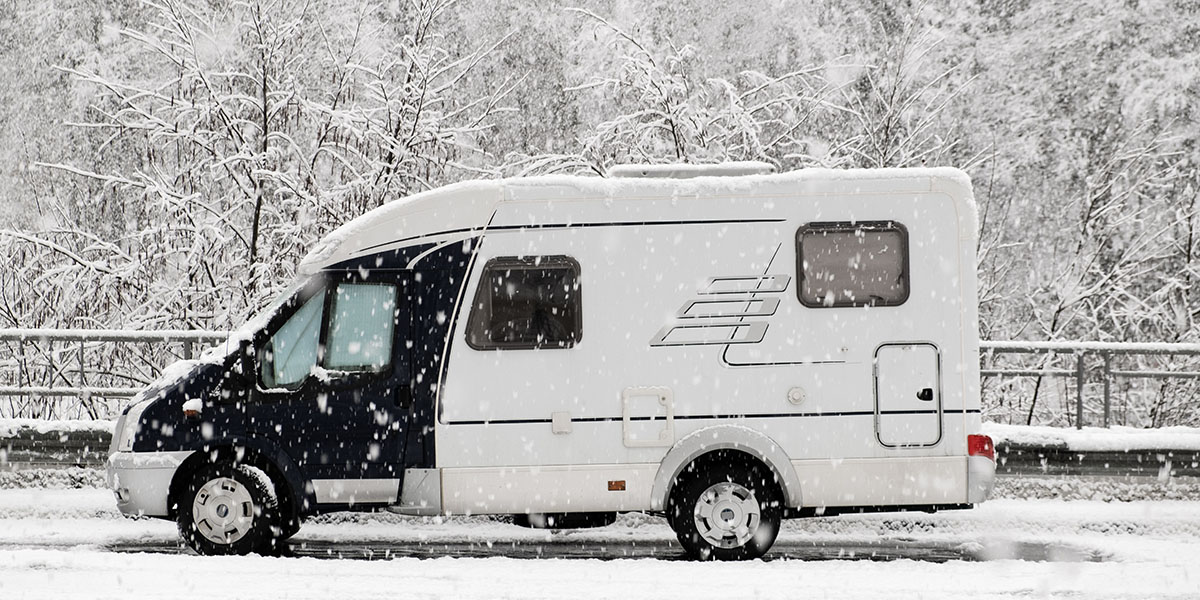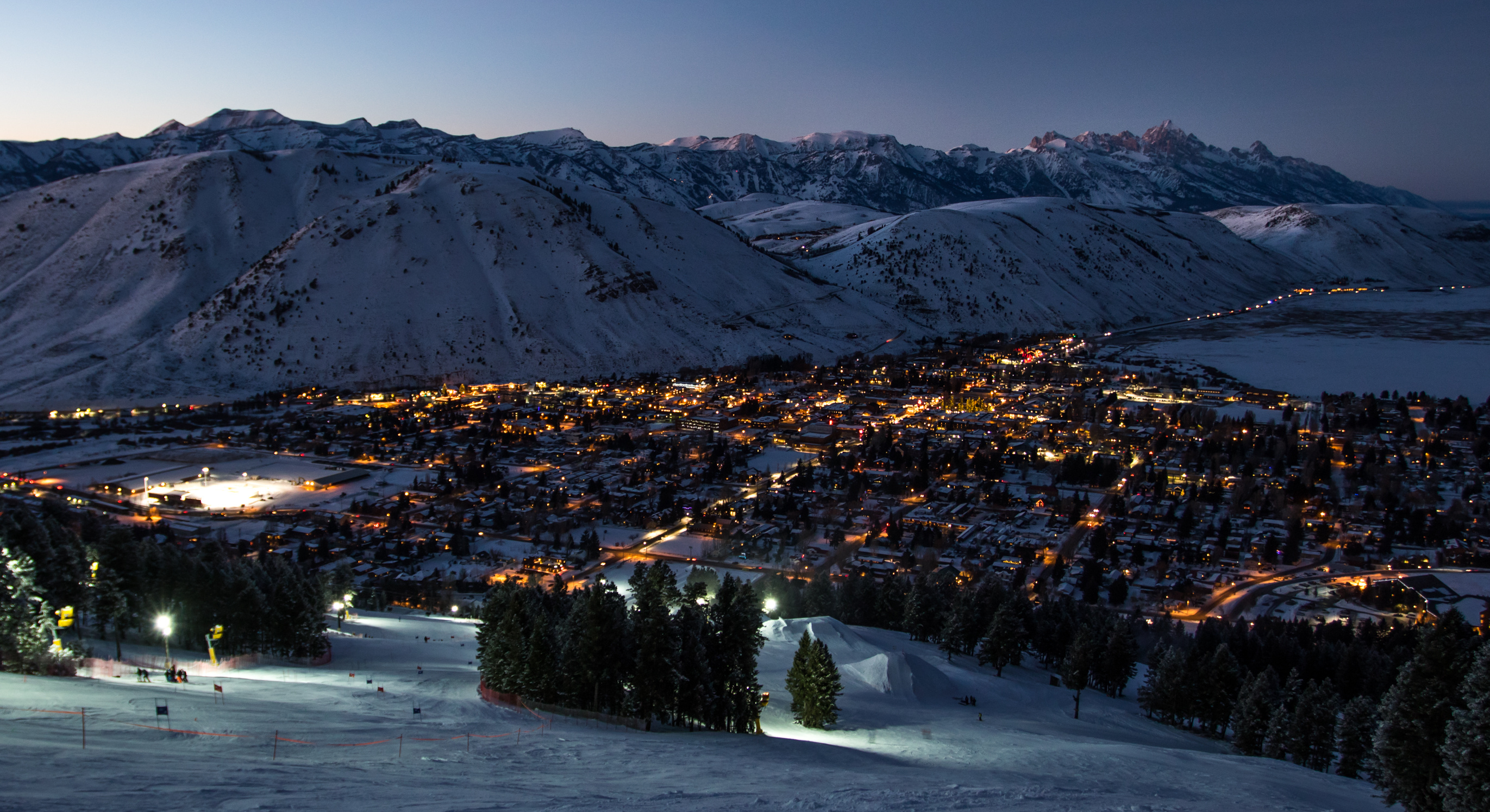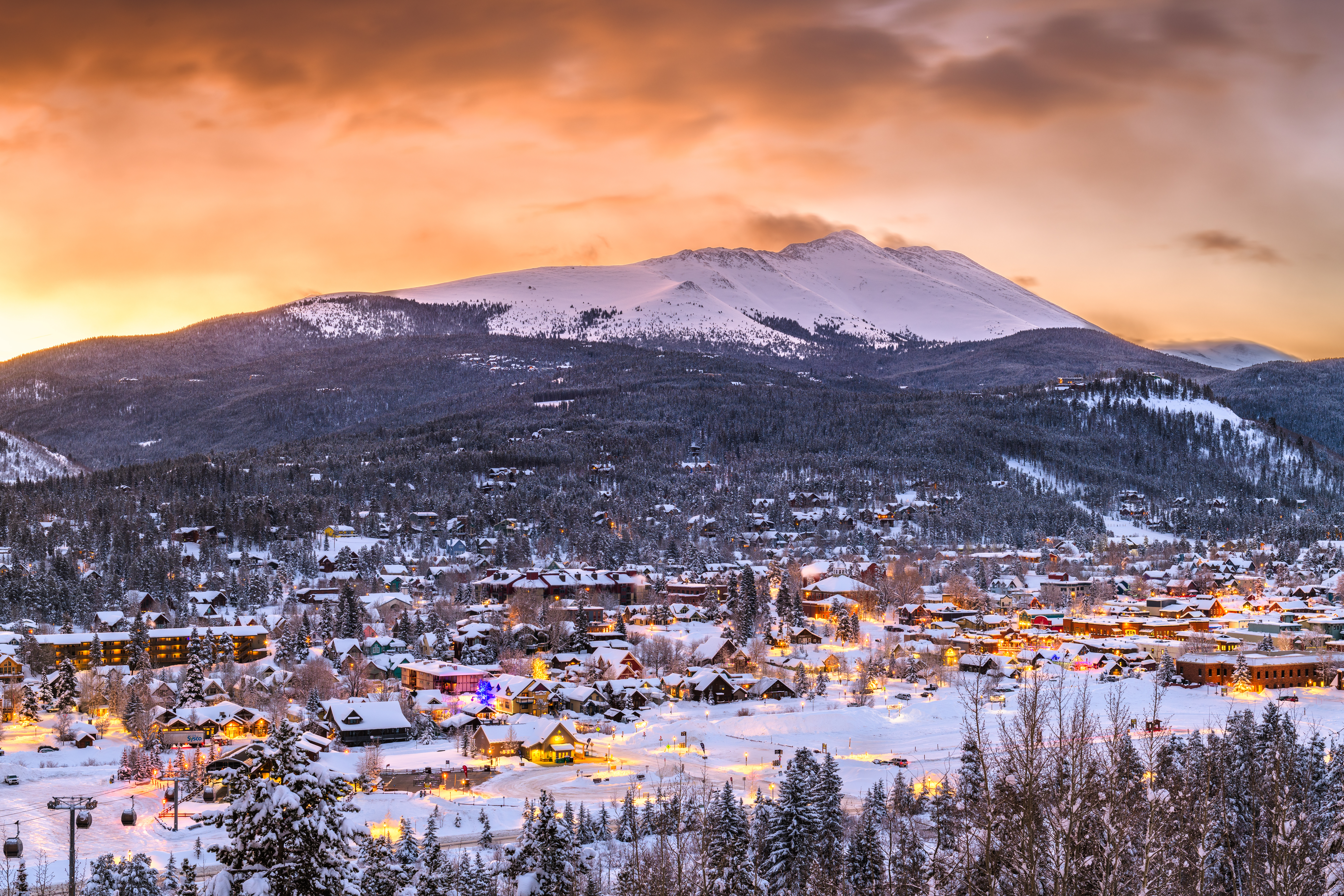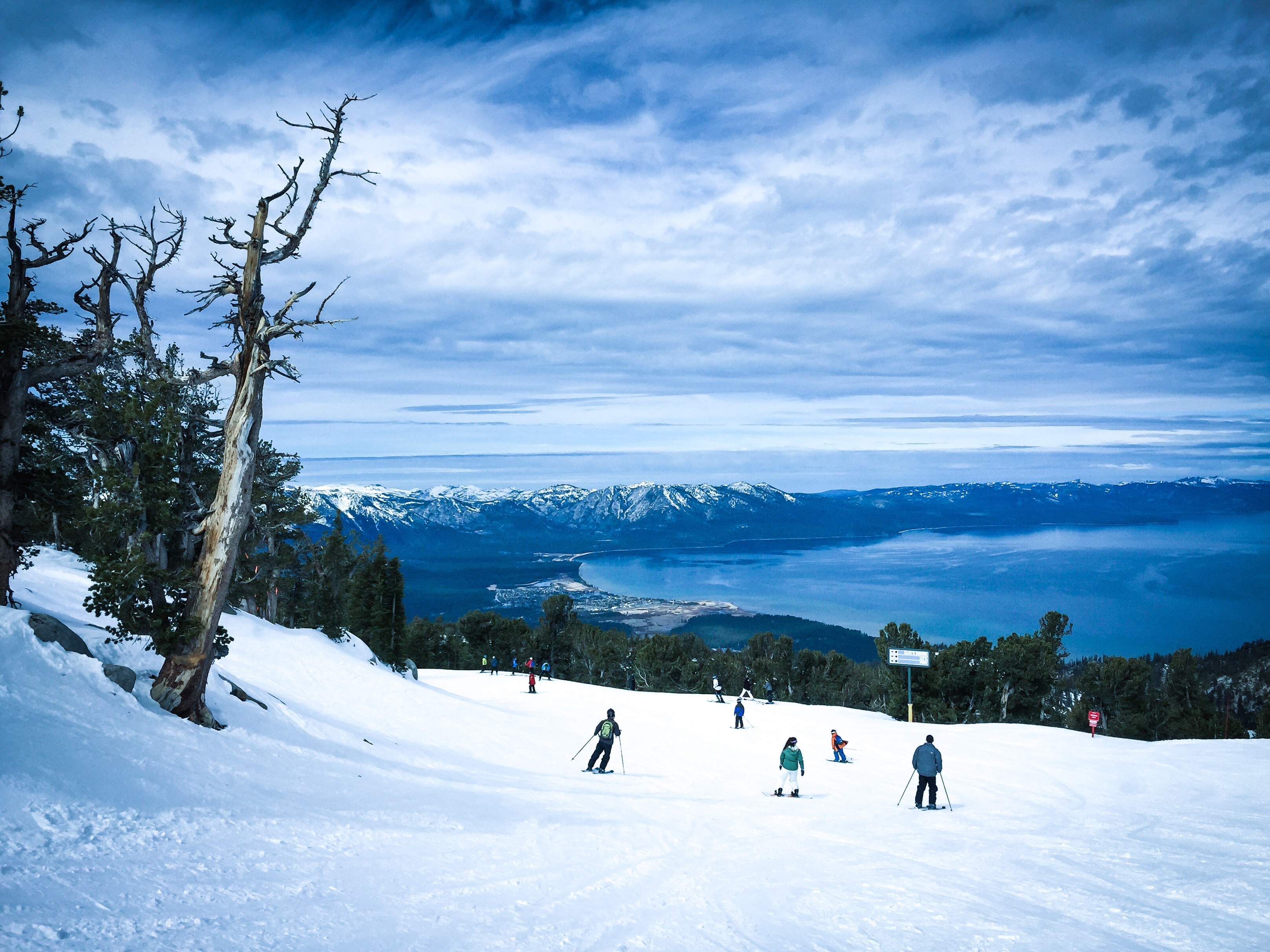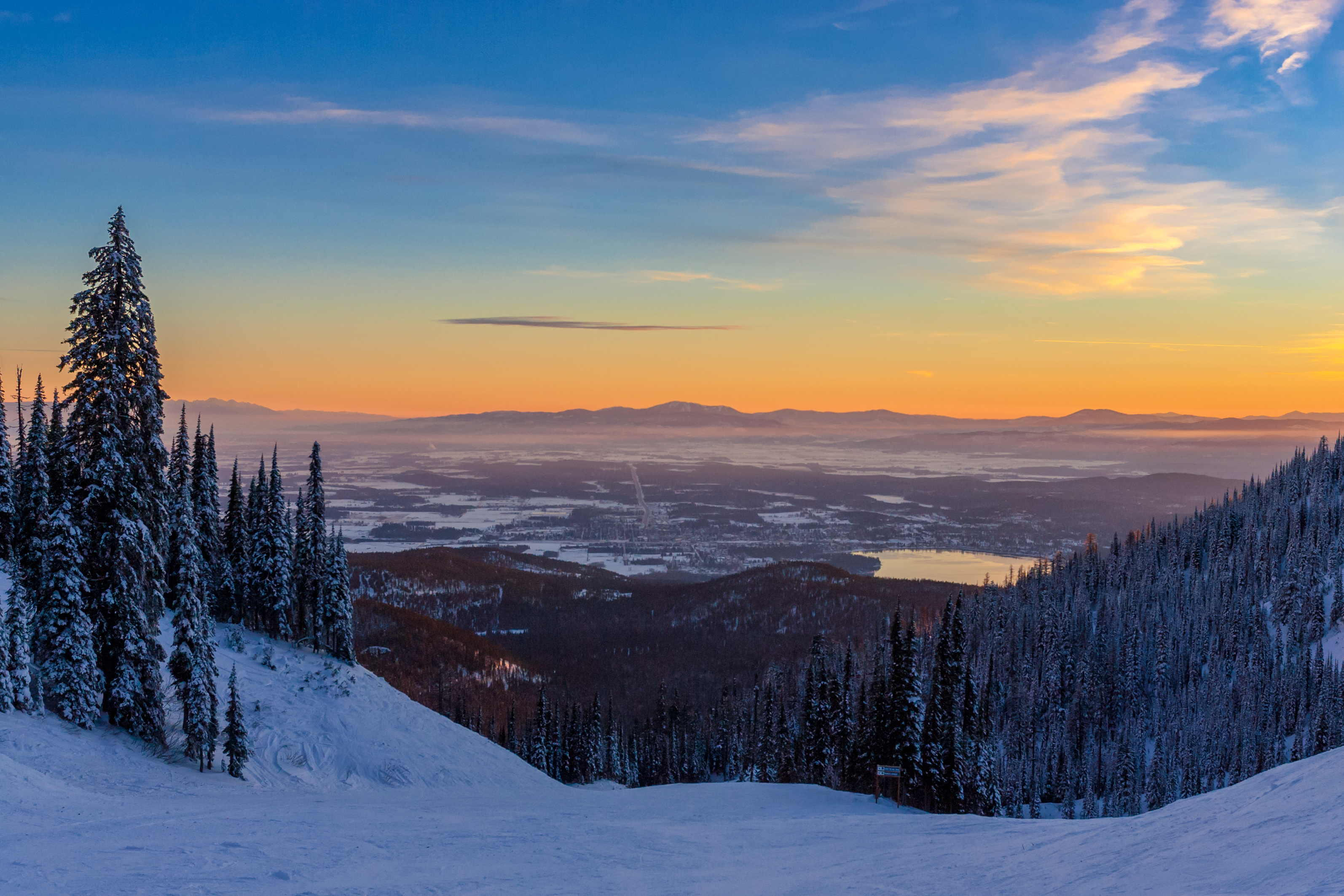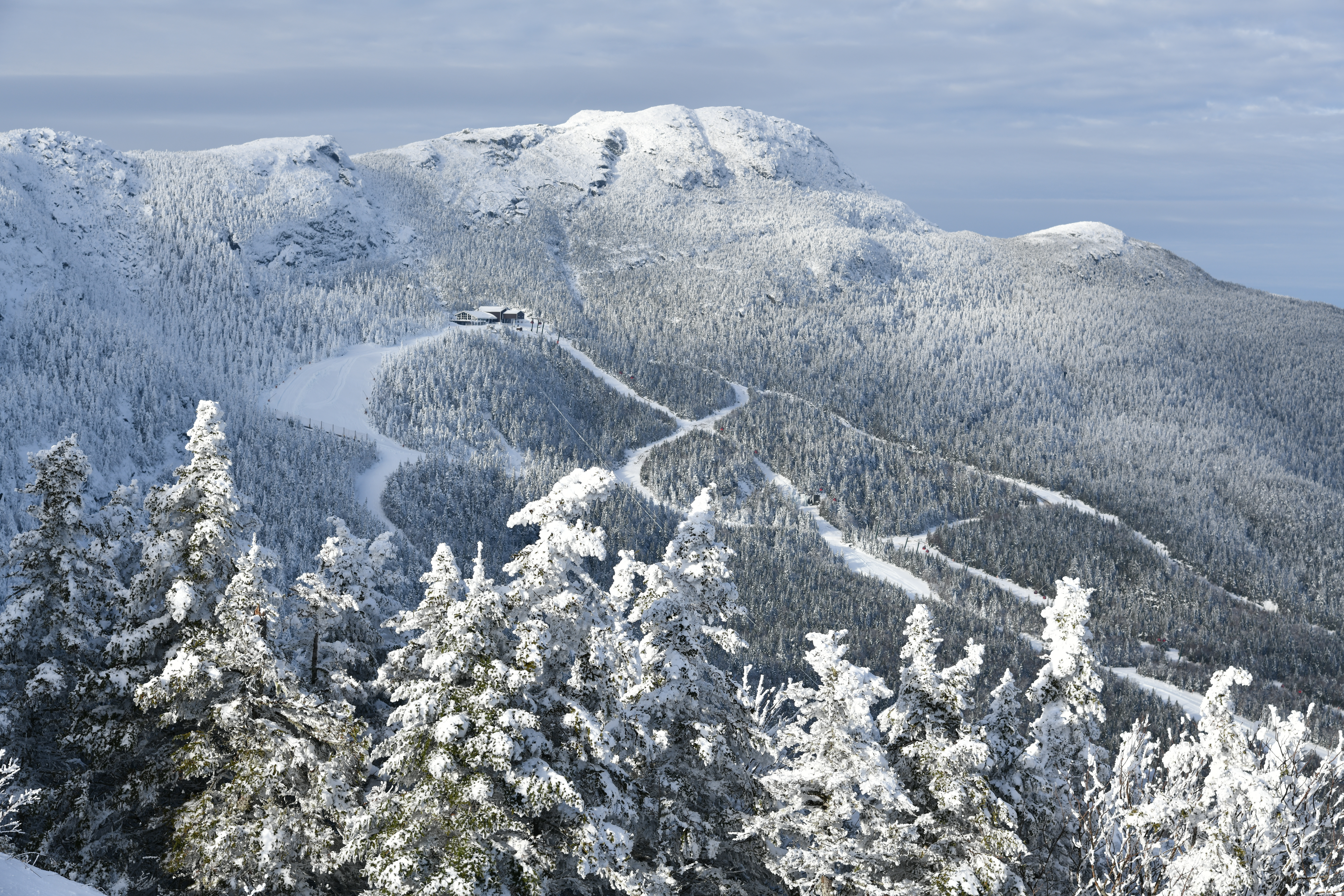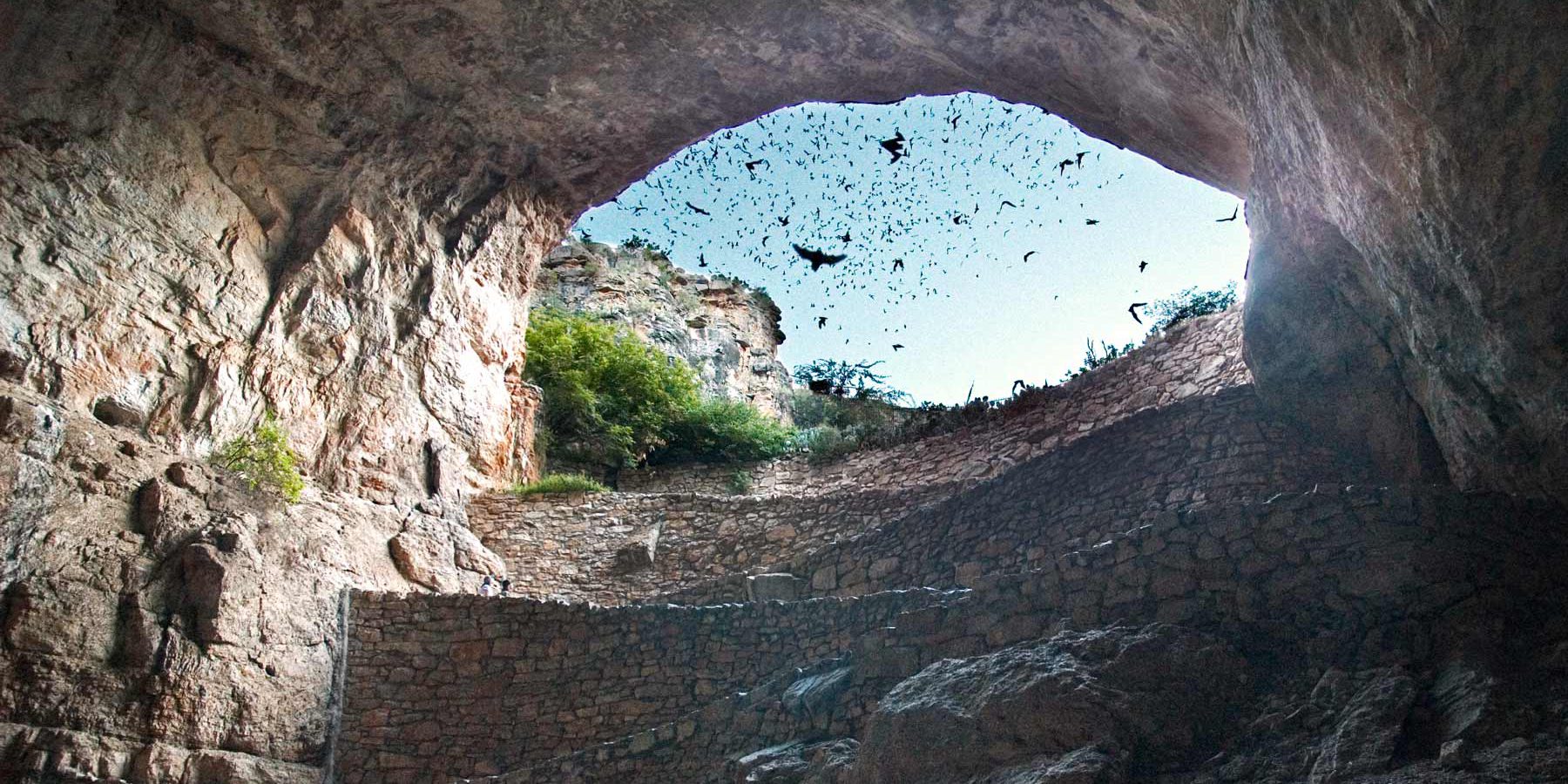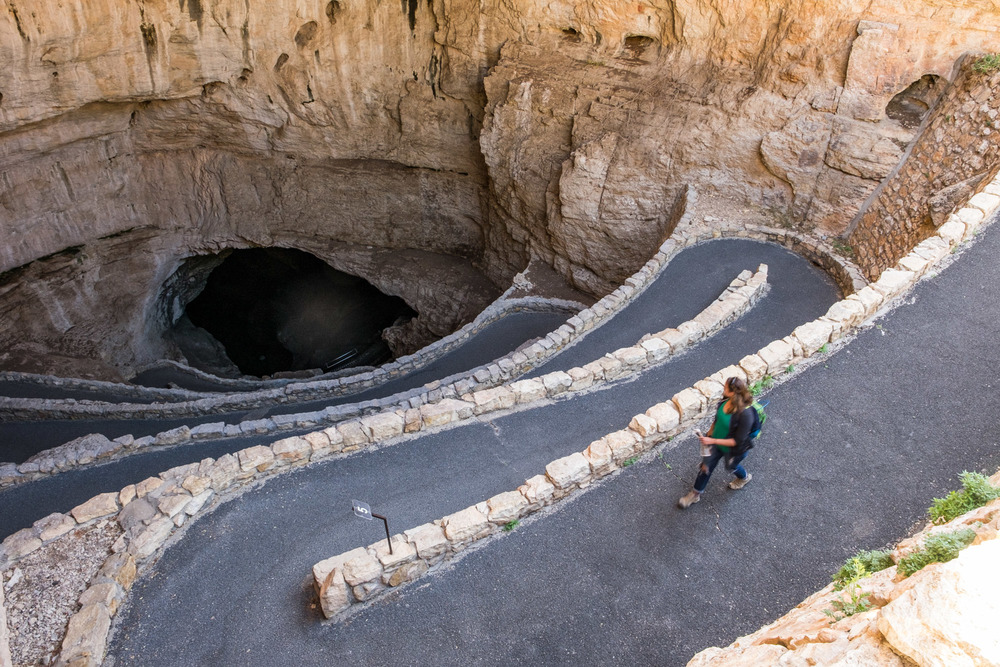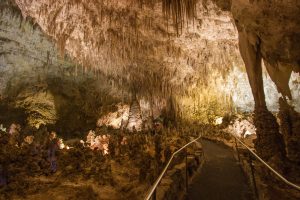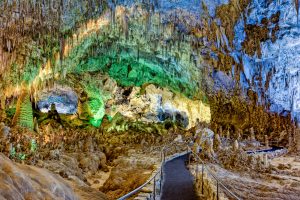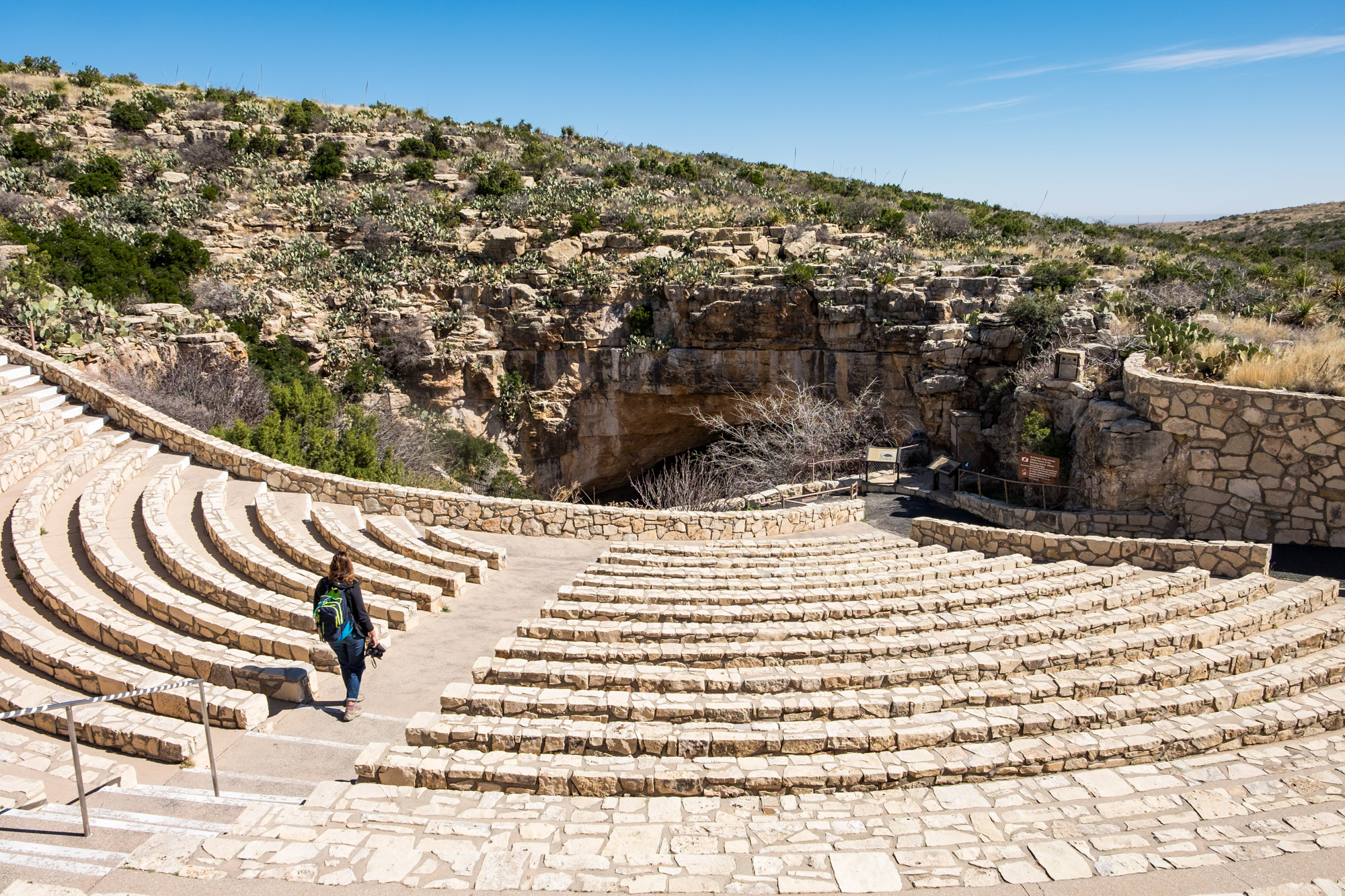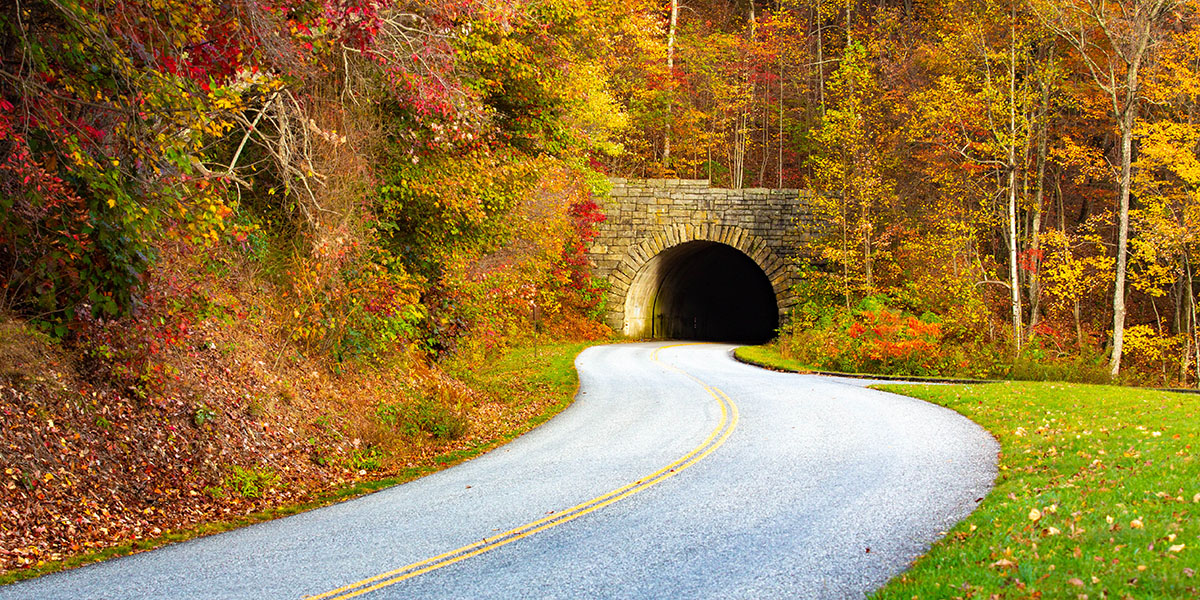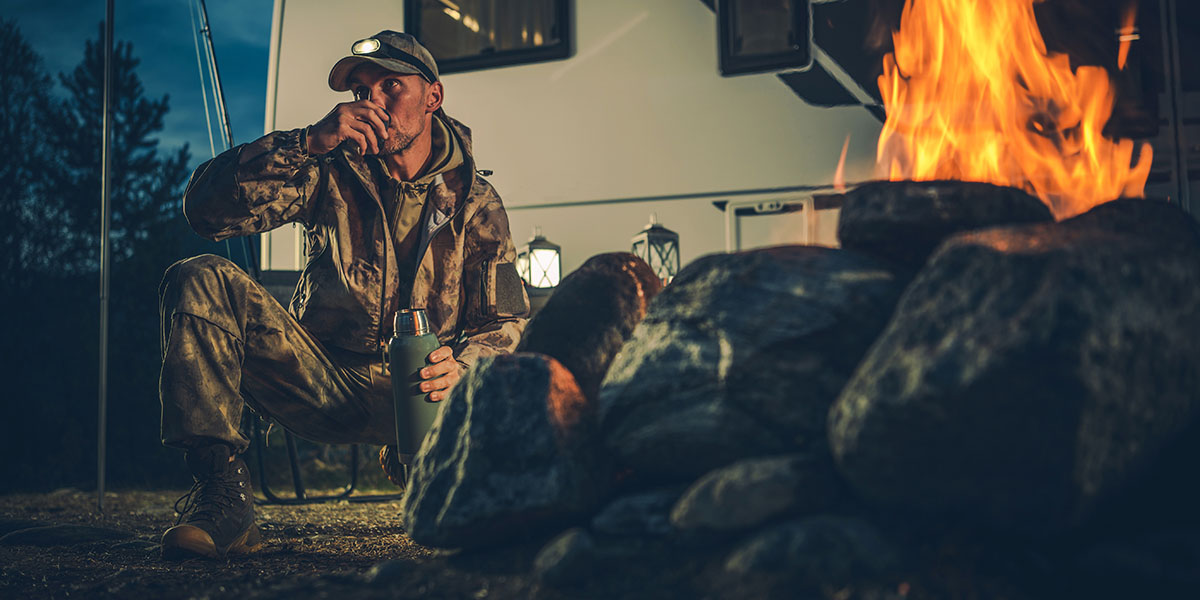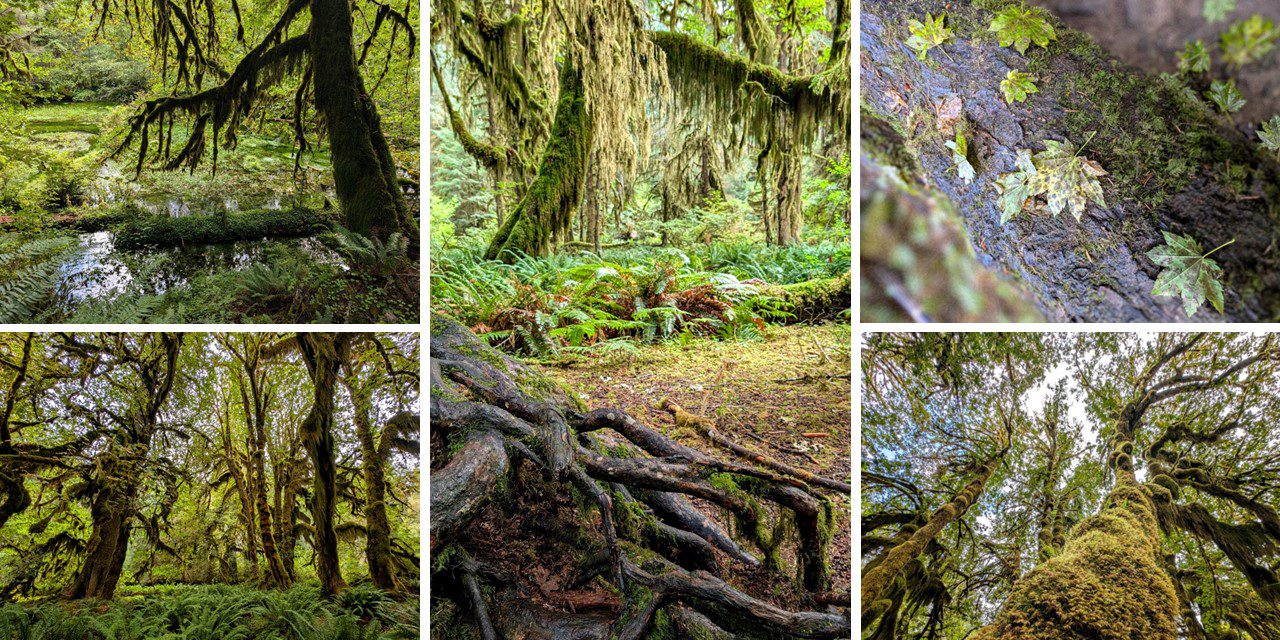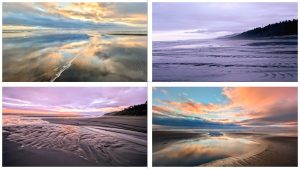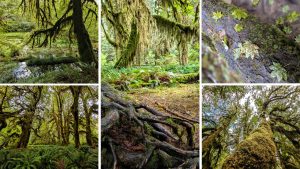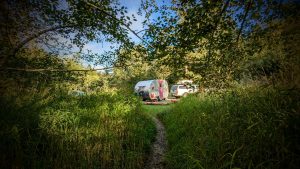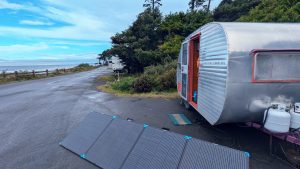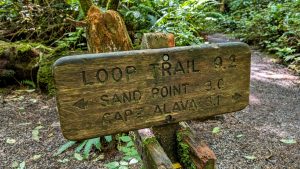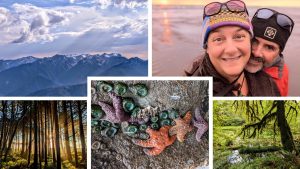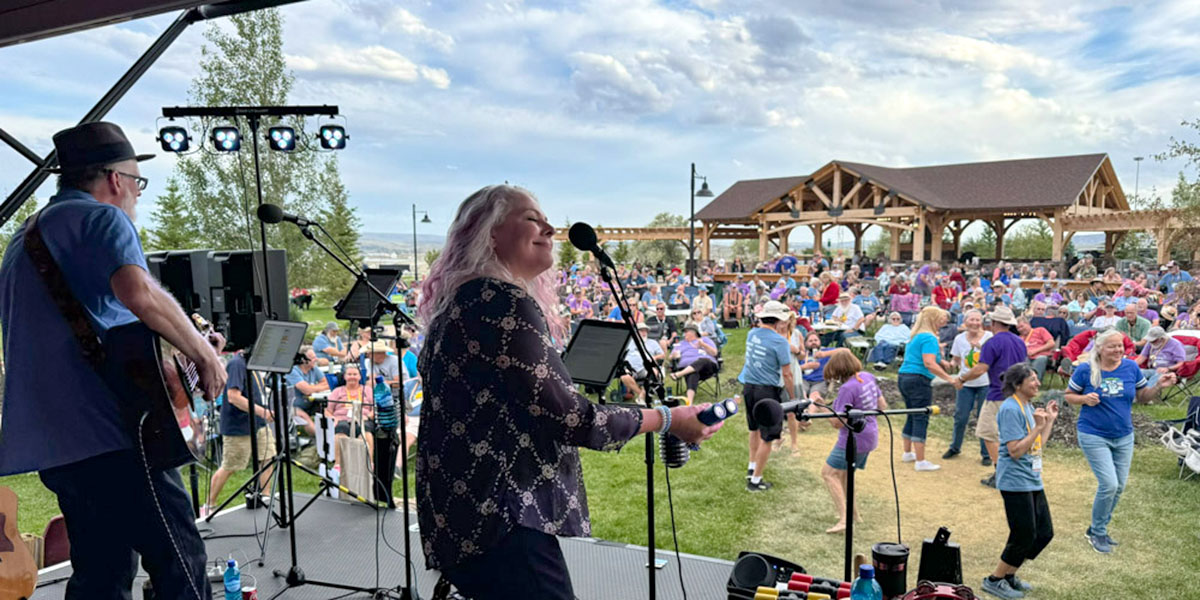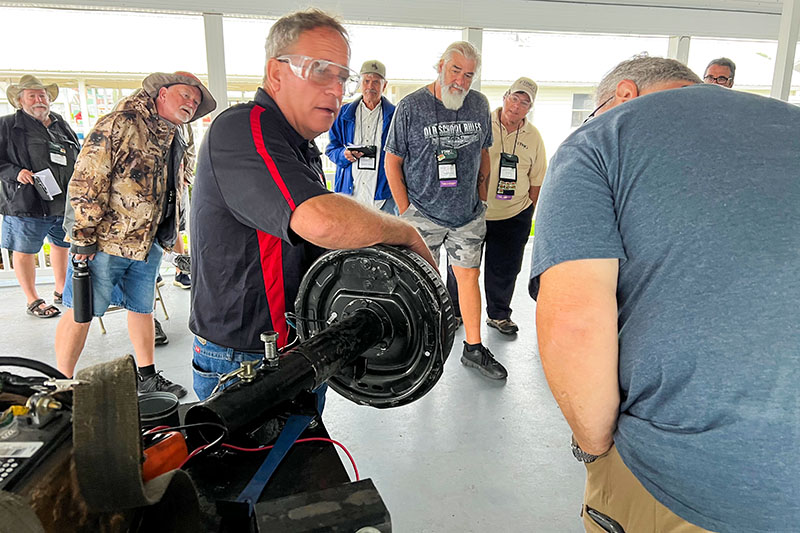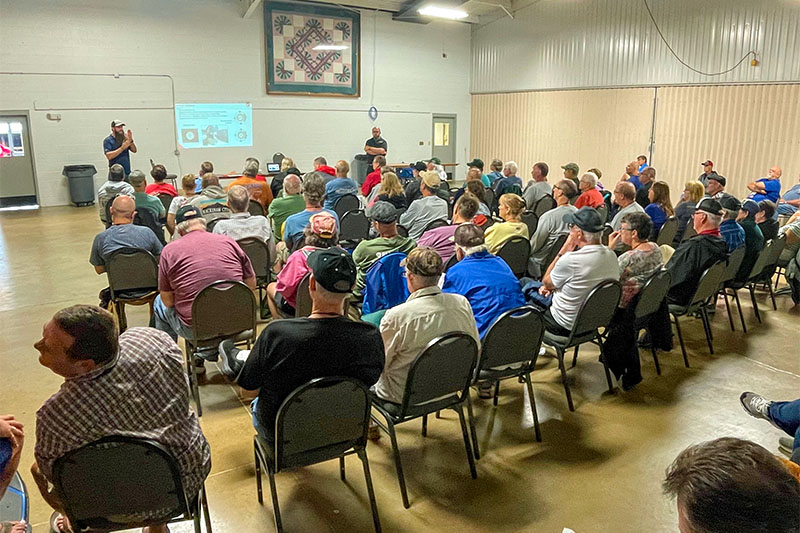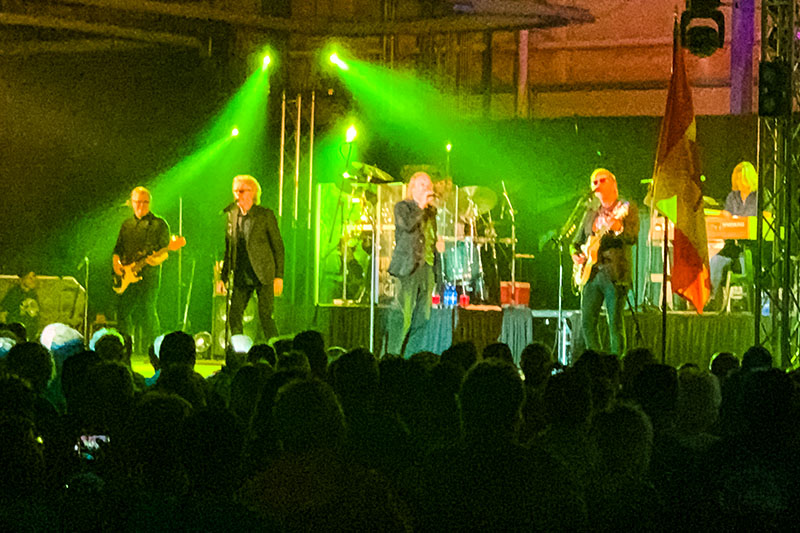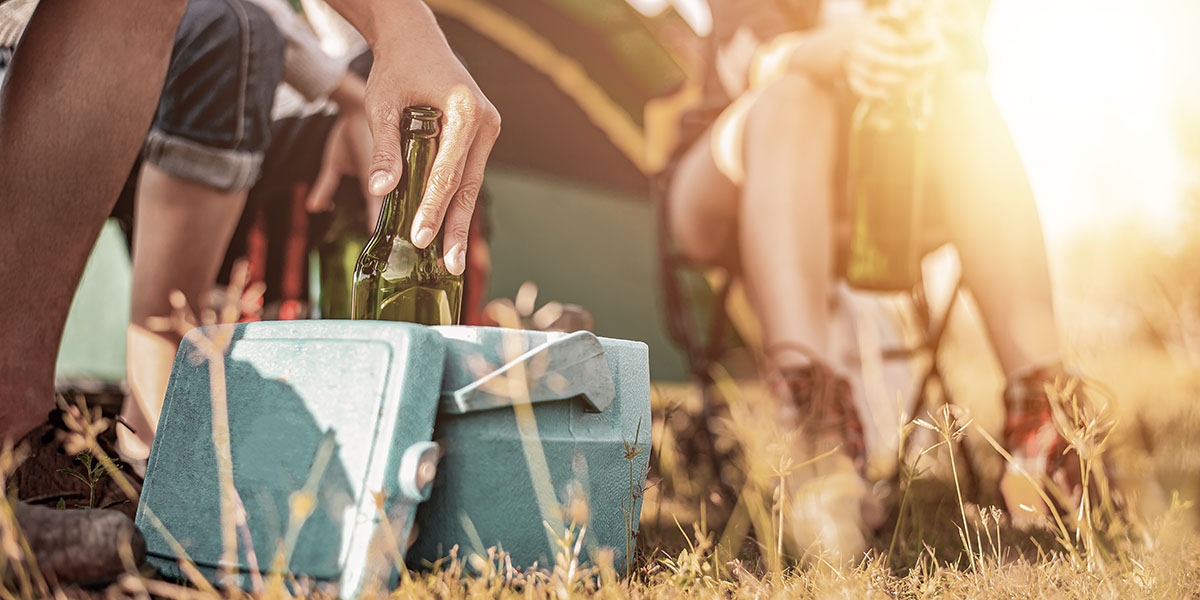As full-time RVers, folks we meet often make assumptions about our lifestyle. Usually, the first assumption is that we are always driving. But realistically, if they knew how many miles do we drove annually, the answer would probably surprise them. Fact is: we’ve learned the fine art of saving RV mileage.
Astoundingly, the best way to save money on fuel for your RV is to simply drive less. So, just because you have an RV doesn’t mean that you have to visit all the iconic western national parks in one season. What it does mean is that you have an opportunity to do something that most people don’t: Really explore the place where you’re at. You can go deep in a state or region of North America that fascinates you. Or you could even start in your own backyard.
“A [person] on foot, on horseback or on a bicycle will see more, feel more, enjoy more in one mile than the motorized tourists can in a hundred miles.” – Edward Abbey, Desert Solitaire
Becoming an informed traveler — rather than just a tourist — takes time. We learned to slow our pace down and start exploring. We wanted to experience our country, rather than just see it. Anyone can read about the geology, geography, and anthropology of an area. But until you experience it firsthand, you won’t truly appreciate the uniqueness of any given place.
Where to Start: America’s Best Backyards
Taking the time to explore an area by bicycle, on foot, or with kayaks will allow for even deeper exploration. Eschewing interstates to drive down backroads always enables you to see the real North America. Just select Avoid Highways on Google Maps and discover some amazing places to explore nearby without marathon driving days. Or, better yet, simply get lost. (Of course, you can always use your GPS to get you back on track.)
Sure: The immenseness of North America can be overwhelming. It’s a massive continent, so where do you begin? Start with what intrigues you, what you find fascinating.
Below are a couple of maps that will help you fine tune some deep exploration as they divide the U.S. and Canada into “cultural” areas — as well as six of our favorite areas that we’ve explored.
Into the Eastern Sierras
We spent the better part of three months exploring California’s Eastern Sierra Mountains, and never got bored! With tens of thousands of acres of public land, hundreds of lakes and hiking trails, several hidden hot springs, and so much to explore, we simply weren’t ready to leave. But the hot summer weather encouraged us to head north and coastal.
Utah’s Five National Parks
Utah hosts a whopping five national parks: Arches, Bryce, Capitol Reef, Canyonlands, and Zion. In addition to these gorgeous red rock parks, there are 6 national monuments (including one of the largest caches of dinosaur bones found in one place), 6 national historical trails and parks, and 1 massive national recreation area. And, that’s just NPS land in the state of Utah. Beyond these national public lands, the state is loaded with state parks, alpine peaks, lakes, and major rivers. You could spend most of your life here and never see it all. (And if you have kids, these parks will blow their mind.)
The Four Deserts of North America
Some RVers flock to the southwest in the wintertime. We’ve spent several winter seasons deeply exploring the unique deserts of New Mexico, Arizona, California, and Nevada. Stay warmer and dive deep into the backroads and hidden gems of all four North American deserts – you’ll be delighted with some stunning sunsets, fascinating flora and fauna, and fun adventures!
Doing Alaska
Some Alaska-bound RVers have attempted to “do Alaska” in three to four weeks and then had the audacity to say, “We don’t really see the big deal.” We spent five months there. (Which still wasn’t enough to do it justice.) And in those months, we traveled into Canada as well — through British Columbia, Northwest Territories, Yukon Territory, and Alaska. The two of us experienced more than we ever thought possible, but only traveled 8,000 miles. We hiked remote national parks. We biked. And we kayaked in every major region, all while keeping up with our mobile business.
Maine’s Vacationland
Maine, what can we say? You’re an old favorite that is always hard to leave! This part of the Northeast isn’t quite New England. As the map above suggests, it’s a region in and off itself with deep Acadian roots. Really, it feels like the South of the North. Many flock to the coast for lobster in the summer, but the central part of the state welcomes you with numerous lakes and rivers which spring from the snow runoff of the Appalachian Mountains. We’ve spent entire summers and autumns exploring this one state. (Always good for saving RV mileage.) And there’s always more to do the next time we return.
Circling the Great Lakes
The Great Lakes region offers some spectacular and serene scenery as well as opportunities for every water sport you can imagine! Make it a goal to explore all five of the Great Lakes. Or enjoy the Lake Superior Circle Tour and include Ontario, Canada into part of your travels.
Secrets of Saving RV Mileage
How much do we drive annually as full-time RVers? On average we drive around 16,000 miles per year in one vehicle. By comparison, most American couples drive about 30,000 between two vehicles. It’s amazing, but true, that everyday short trips to work, the grocery store, and swim practice can rack up more miles than regional RV travel. You’ll save a bunch of money (and time), and be better for it!
*****
So, now you too figured out the art of saving RV mileage. (Nice!) Well, there are even more ways to save. Explore more in our Cutting RV Travel Costs 101 series.
The First Step to Find Your Dream RV (Part 1)
A Few RV Secrets to Help You Save on Camping Fees (Part 2)
Boondocking Essentials for RV Newbies (Part 3)
RV Kitchen Must-Haves: How to Make Memorable Meals That Save Cash (Part 4, Coming Soon)
Going Deep into Your Backyard (Part 5, Coming Soon)
